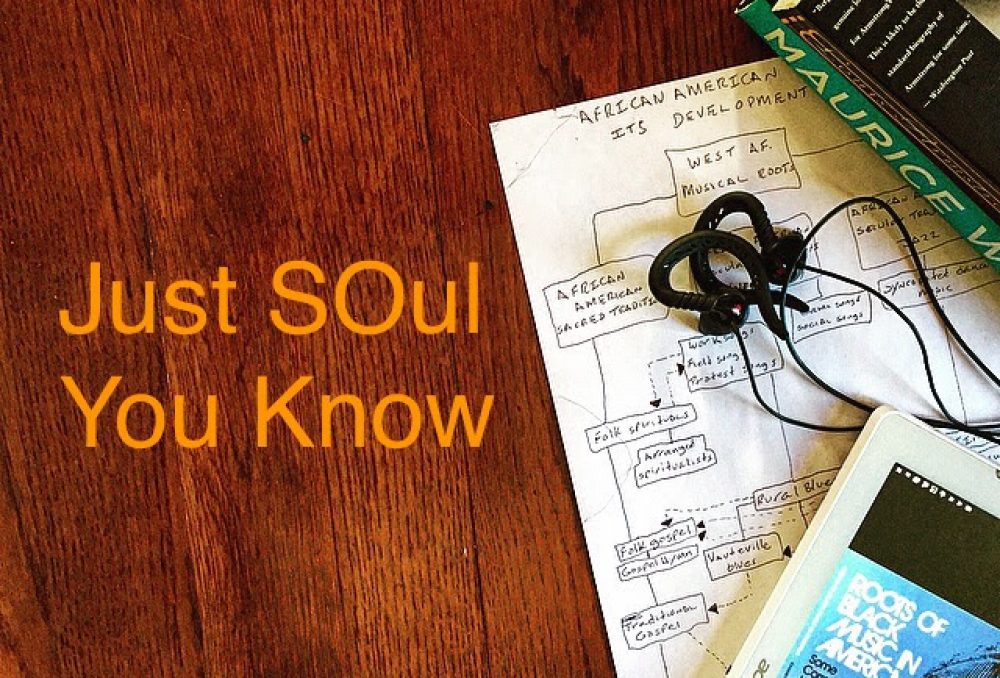 In 1967, Tammi Terrell, Marvin Gaye’s long time duet partner, collapsed into Gaye’s arms while on stage. Terrell was diagnosed with brain cancer. She battled this retched diseased for the next three years losing her battle in March 1970. Gaye was devastated and went into a stupor. He became a recluse and confined himself to his Detroit home. Future NFL Hall of Famers Lem Barney and Mel Farr whom befriended Gaye two years prior–Barney was said to have boldly knocked on
In 1967, Tammi Terrell, Marvin Gaye’s long time duet partner, collapsed into Gaye’s arms while on stage. Terrell was diagnosed with brain cancer. She battled this retched diseased for the next three years losing her battle in March 1970. Gaye was devastated and went into a stupor. He became a recluse and confined himself to his Detroit home. Future NFL Hall of Famers Lem Barney and Mel Farr whom befriended Gaye two years prior–Barney was said to have boldly knocked on
Gaye’s front door to introduce himself to the singer wherein which the singer invited him into his home and they became friends along with Mel Farr, later. Gaye, Barney, and Farr hung out together, partied together and played sports together. When Gaye became withdrawn with grief and sorrow as a result of Tammi Terrell’s death, friends Barney and Farr went to pay their dear friend a visit in an effort to cheer him up. They succeeded in getting Gaye to get out and become more active and exercise. They played basketball, golf, jogged, and lifted weights. One day according to Barney, the singer invited he and Farr to the famed Hitsville studio, which wasn’t unusual, to watch him record tracks for an upcoming album. However, this day was different! Gaye handed out lyric sheets to Barney and Farr. Gaye wanted the two brawny football players on his record. 
 He needed their voices to re-create a sonic atmosphere of what it sounded like when brothers-particularly Black men, came together to hang out, talk, and get caught up with each other. As a result, Barney and Farr stepped up to the microphone to be heard signifying on arguably one of the most recognizable song intros ever recorded. That song was “What’s Going On?”
He needed their voices to re-create a sonic atmosphere of what it sounded like when brothers-particularly Black men, came together to hang out, talk, and get caught up with each other. As a result, Barney and Farr stepped up to the microphone to be heard signifying on arguably one of the most recognizable song intros ever recorded. That song was “What’s Going On?”
“What’s Going On?” was Marvin Gaye’s passionate protest of the Vietnam War. Gaye’s new album of the same name was an epoch departure from the singer’s smoking love and slow groove ballads prior. Needless to say, Berry Gordy, founder of Motown and composer of the “Motown Sound”–a music crafted to be non abrasive (to white sensibilities and radio) and catered to a pop oriented cross-over audience, found Gaye’s new album ridiculous in the Motown idiom. Consequently, Gaye’s album was not released for six months.
During the six-month struggle with Motown, Marvin Gaye refused to record any new music or take on any performance gigs, which Biographer Ben Edmonds suggests lost him a half million dollars. Rather what Gaye did in fact was to train to play in the NFL! Yes, the National Football League! He wanted to leave music behind. Gaye believed he could play the game because he had several dreams of catching a pass and running it back for a touch down during the Super Bowl. He enlisted his football buddies Barney and Farr to help him train so that he would be able to get a try-out with the Detroit Lions. They agreed. As a youth, Gaye never play a down of football citing that his father would have beat him if he played sports because preacher’s kids didn’t play sports. However, at this point in his life he was serious about his new endeavor. He worked out, ran daily and implemented a rigorous weight lifting regime. Gaye even practiced with the Eastern Michigan University football team to work on his fundamentals and catching technique. Gaye’s biographer David Ritz suggests he worked him-self into great shape and gained 25 to 30lbs of muscle.
Other writers describe Gaye as fitting the bill of a football player as he was 6’1”, strong and had become fast from his workouts.
In the end, Gaye’s dream of catching a pass in the NFL and running it back for touchdown never materialized. Barney and Farr arranged a meeting between Gaye and the head coach of the Detroit Lions, Joe Schmidt. Coach Schmidt, through many conversations with Gaye, denied Gaye a tryout for fear of a lawsuit if the singer was injured. Gaye, of course, was disappointed and hurt. He felt he wasted his time, effort as well as lost money (cancelled concert bookings) while training to play football all to be shut down before even setting foot on a field.
In January 1971, “What’s Going On” single was released (without Gordy’s knowledge) and became one of Gaye’s largest hits. The single quickly reached gold status and both Lem Barney and Mel Farr, as record personnel, received their RIAA gold records–making them the only NFL Hall of Famers to have a gold record. That’s What’s Going On!
Happy Black Music Month!
Gaye speaks with his dad about those football dreams!







